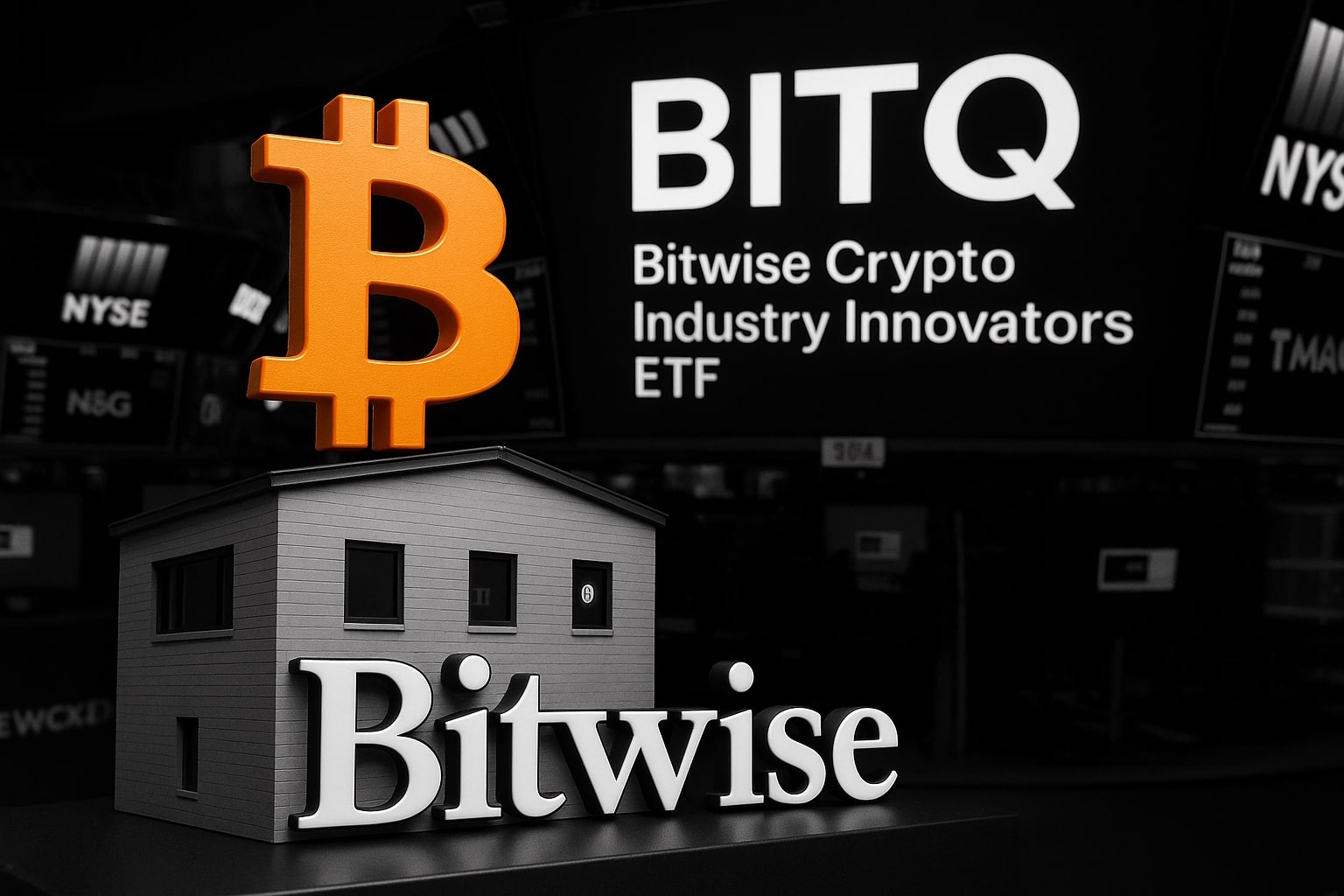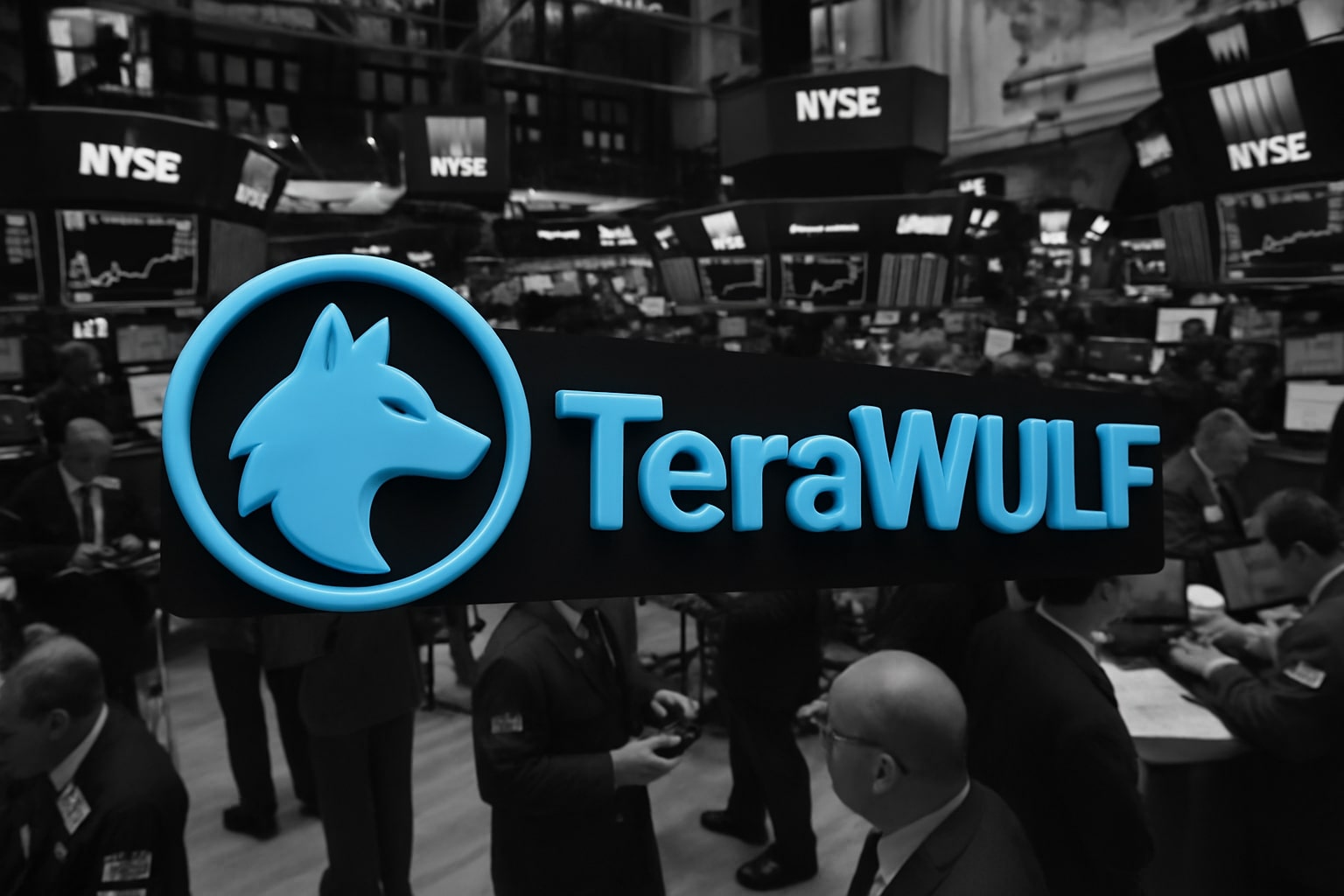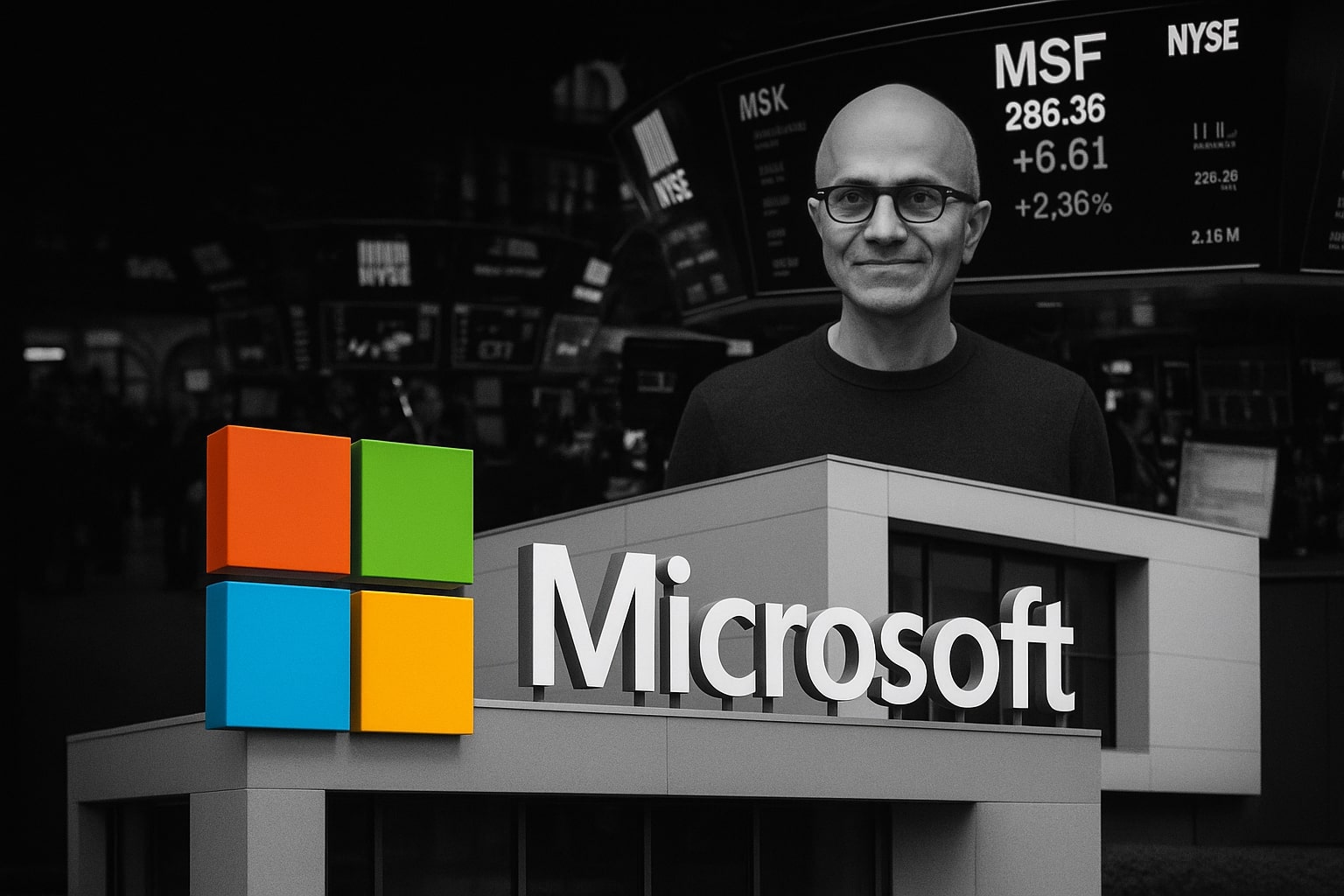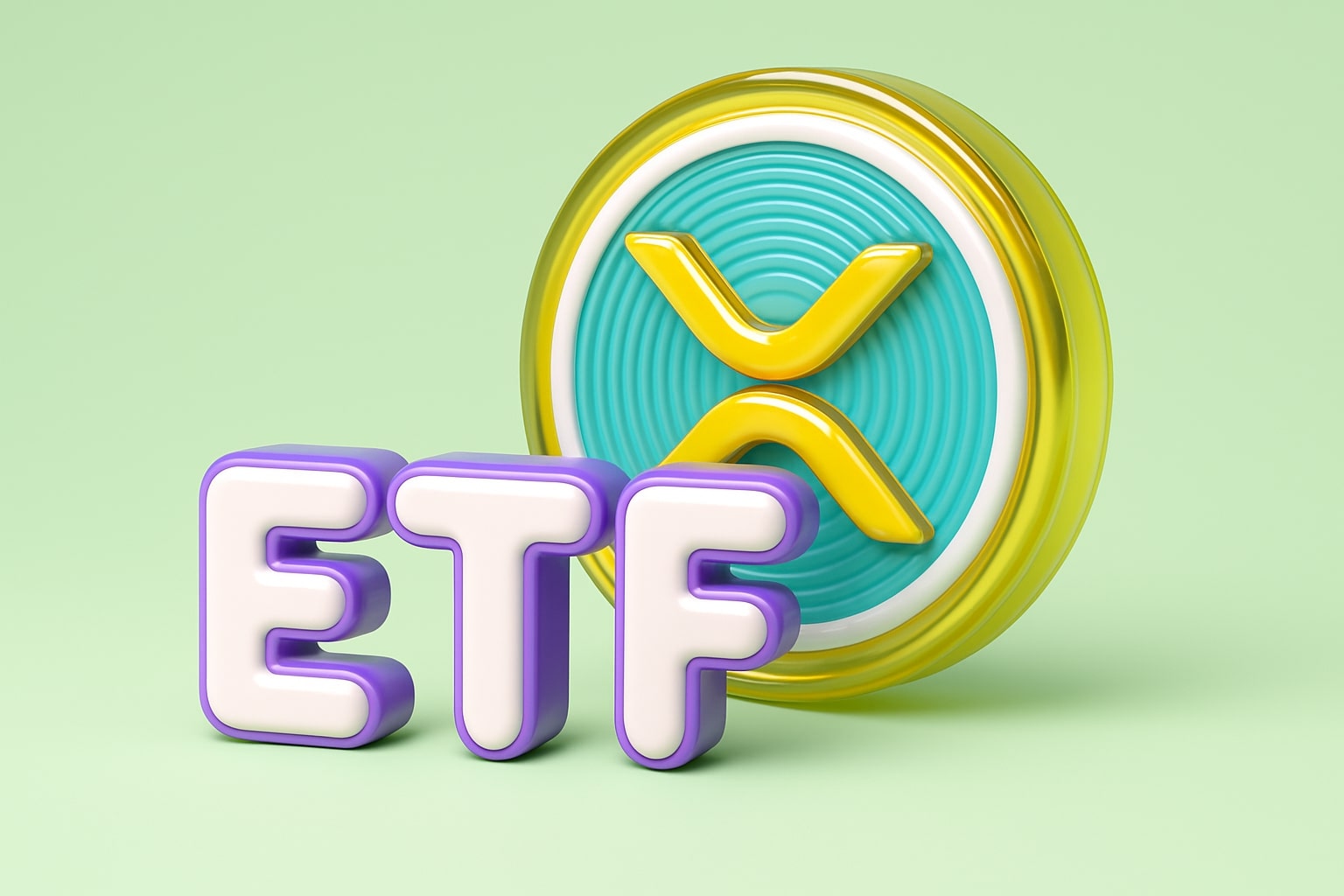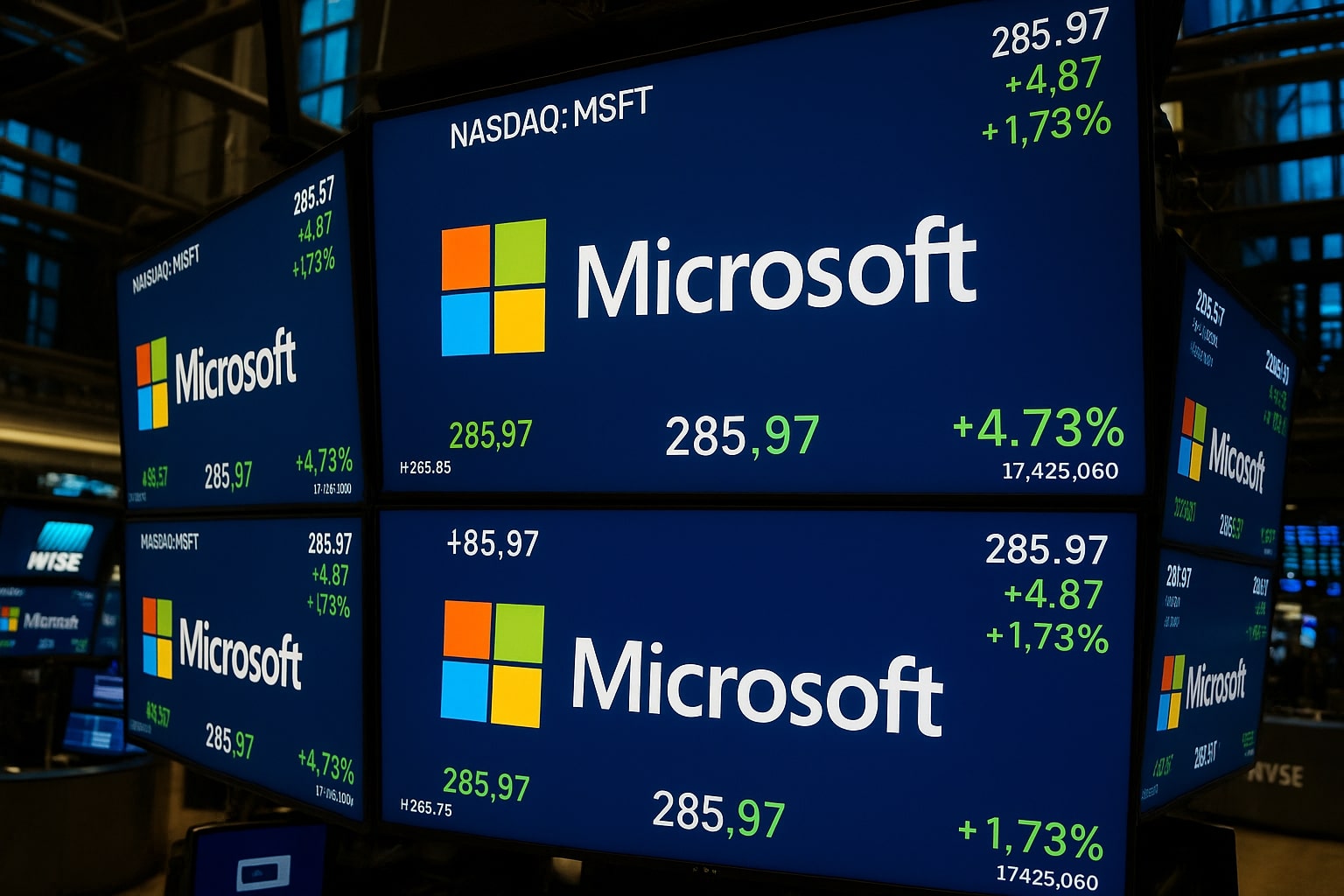
Microsoft (NASDAQ:MSFT) Powers Toward $500 as AI Monetization and CapEx Expansion Redefine Valuation
Copilot, Azure AI, and Microsoft Fabric Drive $40B in High-Margin Upside as Stock Targets $500+ | That's TradingNEWS
Microsoft (NASDAQ:MSFT) Powers Toward $500 as AI Monetization and CapEx Expansion Redefine Valuation
Microsoft (NASDAQ:MSFT) Redefines Defensive Growth Amid Explosive AI-Led Revenue Expansion
Microsoft Corporation (NASDAQ:MSFT) is not just breaking records—it’s restructuring its business in ways few other tech firms can match. The share price now floats near all-time highs, with momentum driven by Copilot, Azure AI, and Microsoft Fabric all contributing to measurable topline expansion. While peer names like Amazon and Alphabet exhibit similar AI ambitions, MSFT is uniquely positioned due to its deeply integrated enterprise base. According to Q2 FY2025 data, AI-linked revenue for Microsoft reached $13 billion, surging +175% YoY, with Azure AI maintaining 30%+ structural growth and Microsoft Fabric customer count up 80% YoY.
CapEx Regime Shifts From Defense to Offense: $105B Debt, $80B Cash, $70B Free Cash Flow Still Powers Growth
There is a structural shift in capital allocation underway. As of Q3 FY2024, Microsoft’s debt load stands at $105 billion, exceeding the $80 billion cash reserve, flipping the net cash position negative. Yet this debt supports CapEx acceleration rather than financial distress. With $70 billion in free cash flow, a dividend burden of roughly $25 billion, and AAA credit rating, Microsoft is uniquely capable of funding both AI infrastructure and consistent dividend growth. The 0.7% forward yield may look minor, but with a 10%+ CAGR in dividend growth and a payout ratio near 33%, the quality is unmatched. FCF-to-debt ratio at 0.67x confirms the debt is serviceable—CapEx is building assets, not liabilities.
Copilot Monetization Framework: 430M Users, $30/Month, $14B+ Upside From Just 10% Penetration
What separates MSFT from peers is its ability to scale AI revenue through existing channels. Copilot, embedded in Microsoft 365, is already being piloted or deployed by 90% of the Fortune 500, but actual organization-wide deployment remains in early innings. Assuming just 10% adoption across 430 million users at $30/month, Microsoft stands to unlock $14 billion in recurring revenue. With inference costs declining and monetization maturing, even a 5x expansion in user base penetration could yield $40 billion over the next 2–3 years.
AI Revenue Optionality: Azure AI, Fabric, Security Suite Layer New Upside Over Recurring Base
Microsoft’s AI strategy isn’t dependent on Copilot alone. Azure’s 30%+ growth, Fabric’s 80% YoY customer increase, and AI-integrated security tools support structural revenue uplift. Analysts estimate AI-related revenue could conservatively grow 30% annually, implying a $30–$45 billion revenue tailwind by 2027. The base case assumes modest penetration; the upside case is transformative. This is not speculative—these growth vectors are layered over an enterprise base with long-term contracts and embedded productivity use cases.
Microsoft (NASDAQ:MSFT) Valuation Still Below AI Peers: P/OCF and P/FCF Metrics Underrated
Despite the surge in share price, MSFT remains undervalued relative to its operating cash flow. The P/OCF ratio remains only slightly above its three-year median, and is still cheaper than Apple. Compared to Amazon’s P/FCF, Microsoft trades at roughly half the premium. On a forward EV/EBITDA basis, MSFT still carries a historical premium—but it has not expanded meaningfully during the AI hype cycle. This is a critical point: Microsoft's valuation multiple has not exploded with the AI narrative, meaning current levels reflect only partial pricing of future upside.
Risks Tied to OpenAI Deal Structure: $13B Exposure, 20% Revenue Share, December 2025 Deadline
The biggest near-term wildcard is Microsoft’s strained relationship with OpenAI. With $13 billion invested and a 20% revenue share, the partnership was set to extend through 2030. However, OpenAI’s shift to a public-benefit corporation raises questions about Microsoft's equity stake—potentially 20%–49%. If no new deal is reached by December 31, 2025, investors like SoftBank could demand cash back under current clauses. Microsoft’s recent move to offer xAI’s Grok model to Azure customers is viewed as both hedging and strategic diversification. But investor sentiment could sour if the OpenAI deal collapses.
Short-Term Support and Momentum: $470 Is the Key Pullback Level If OpenAI Tensions Escalate
Despite the bullish trajectory, a pullback is plausible. RSI suggests overbought territory, and technical traders identify $470 as a key support—previously resistance. If Microsoft and OpenAI fail to renegotiate terms by late Q4, expect a sentiment-driven test of this level. That said, structural revenue growth, CapEx visibility, and dividend safety provide a solid floor.
Retiree-Focused Growth Strategy: AAA-Rated Balance Sheet and Low Drawdowns vs SPY and QQQ
Microsoft has outperformed the broader market in recovery and posted lower drawdowns during crises. Compared to SPY and even QQQ, MSFT displayed greater resilience during the 2020 and 2022 corrections. Dividend consistency (rated A), AAA credit from S&P and Moody’s, and narrow product focus give it more stability than Google’s ad model, Amazon’s retail segments, or Apple’s hardware exposure.
Verdict: Microsoft (NASDAQ:MSFT) Is a Long-Term Buy With $500+ Price Target Still in Play
Microsoft offers a rare combination of CapEx-fueled innovation, stable cash generation, and growing AI-linked upside that remains only partially priced in. At $480–$490, the valuation is not stretched—especially given a $70 billion FCF, accelerating AI revenue, and the unmatched depth of Copilot integration. Short-term volatility tied to OpenAI may prompt corrections, but any dip near $470 should be viewed as a buying opportunity. NASDAQ:MSFT is a Buy, with structural upside extending through 2026–2027.
That's TradingNEWS
Read More
-
BITQ ETF Soars 66.55% as Bitcoin Blasts Past $124,000 — Crypto Equities Lead 2025 Rally
13.10.2025 · TradingNEWS ArchiveStocks
-
XRP ETFs XRPR, XRPI Slip as Ripple XRP-USD Holds $2.62 — SEC Fast-Track Could Ignite $20B
13.10.2025 · TradingNEWS ArchiveCrypto
-
Natural Gas Price Forecast - NG=F Steadies at $3.00 as U.S. Export Boom Tests Old Fields
13.10.2025 · TradingNEWS ArchiveCommodities
-
USD/JPY Price Forecast - Dollar to Yen Climbs to ¥152.28 as Japan’s Political Shakeup
13.10.2025 · TradingNEWS ArchiveForex














